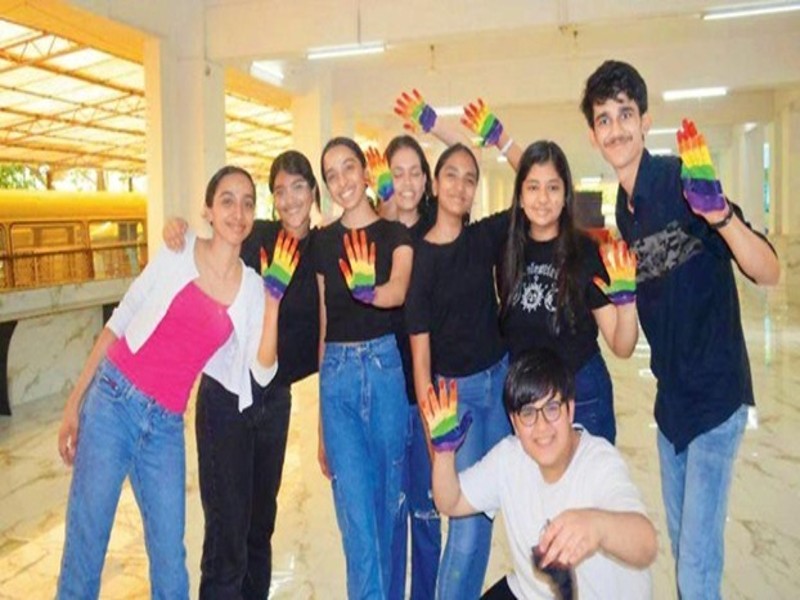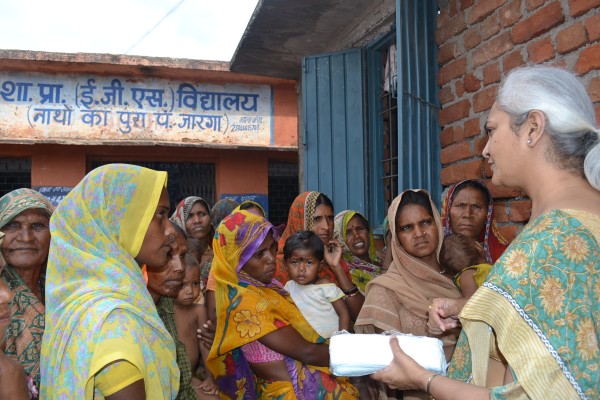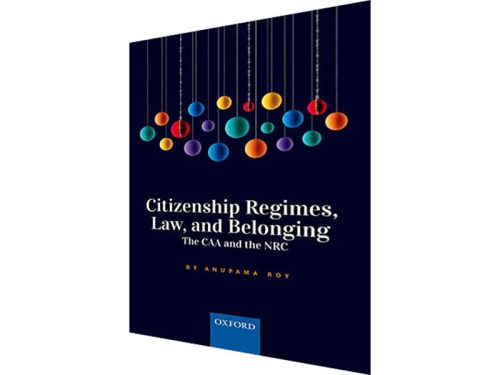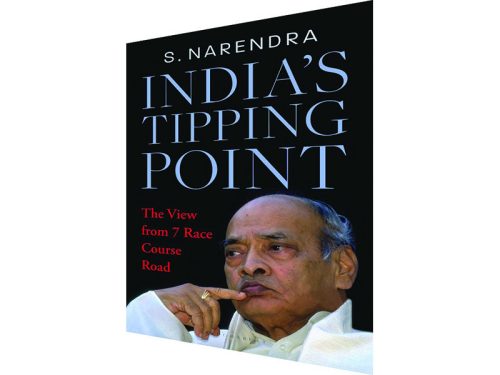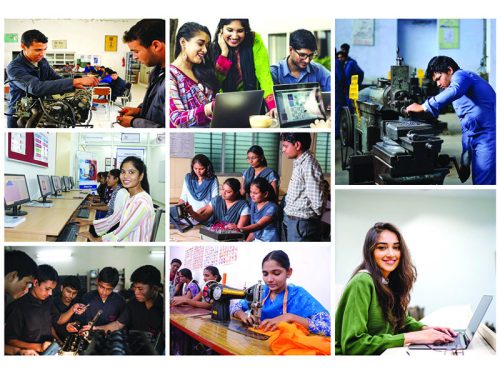In a society grappling with issues of acceptance and inclusivity, a group of talented Grade... Continue reading
27
Jul
-Tanya Valecha, Principal, Rustomjee Cambridge International School & Junior College The youth are often referred... Continue reading
24
Jul
Girls at Scindia Kanya Vidyalaya, Gwalior (SKV) are encouraged to demonstrate integrity, honesty and moral... Continue reading
20
Jul
– Dr. Tasha Arnold, Academic Director, Lodha Oakwood School, Mumbai Technology is evolving at such... Continue reading
14
Jul
Anirudh A, a witty, lively and humorous boy, has always been known by his peers... Continue reading
14
Jul
Learning that accords flexibility of time and place has a distinct appeal, especially for the... Continue reading
12
Jul
Citizenship regimes, law & belonging: the CAA & the NRC Anupama Roy Oxford university press... Continue reading
12
Jul
India’s tipping point S. Narendra Bloomsbury India Rs.699 Pages 212 In this biography, the author... Continue reading
12
Jul
Revolutionary capital-intensive AI technologies and robots are spreading fear of lay-offs and part-time employment for... Continue reading
12
Jul
The looming closure of dozens of insolvent universities in South Korea will change the distribution... Continue reading
Current Issue
From the Archives
Artificial intelligence: Leapfrog opportunity for Indian education

Media Bytes
“Think big in terms of incentives and scaling to bring talented Indians back. A 'Swagat programme, which will fund top candidates in research-including competitive salaries, generous research grants, a travel budget for global conferences, and substantial capital and institutional support for those seeking to start their own ventures - is the need of the moment.”
— Ashish Dhawan & Swagatom Ganguly, The Economic Times, (25/10)
“India has smart, hard-working people, and now it seems the country truly wants its people to succeed and become wealthy. Historically, India wasn't like this. But now, something has changed.”
— Jim Rogers, mint, (24/10)





